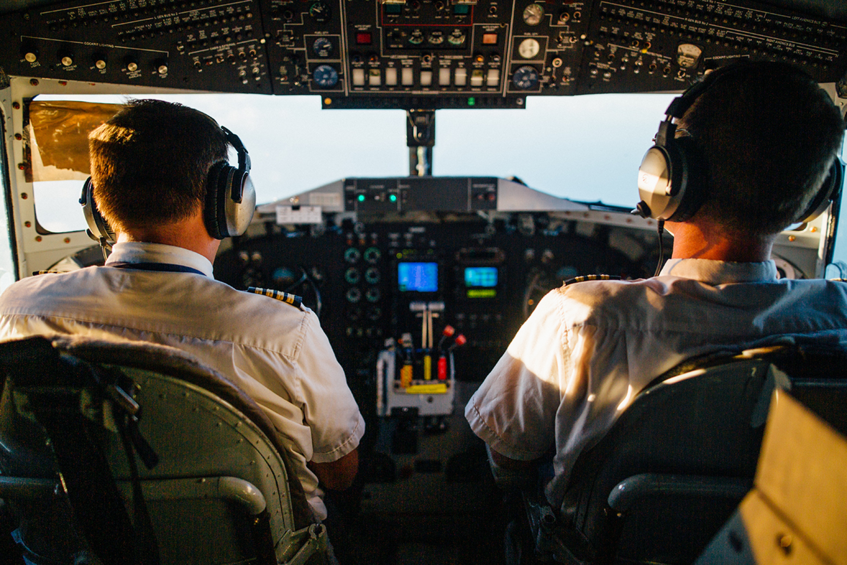While the global macroeconomic outlook remains uncertain, the transport sector has recorded the highest number of risk assessment upgrades in the latest Coface barometer.
These reclassifications took place notably in Western Europe, in the Middle East and in Japan. They are mainly linked to the consequences of the reopening of China, the recovery in tourism and the impact of certain public policies (e.g. rail traffic in Germany). However, the overall risks remain high due to high energy costs and sluggish global demand.
Air transport recovers from the pandemic crisis
Within the transport sector, air travel is the segment that suffered the most from the pandemic crisis, and thus, which is experiencing the most dynamic recovery.
The gradual reopening of the economies since H2 2021 has indeed changed the landscape. The reopening of China's borders (early 2023) and Japan's borders (late 2022), accompanied by the easing of travel conditions for international tourists (spring 2023), are two strong supports.
The number of commercial flights has also picked up, and is now above the pre-Covid level, even if the seats occupancy rates remain lower. The Asia-Pacific region, for example, has seen a rebound in total passenger traffic of 171% in April 2023 year-on-year, thanks in particular to China. However, despite this strong increase, the demand in the region remains lower than in 2019 (-18% in April 2023 vs. April 2019).
In Western Europe and the United States, Airbus and Boeing also saw a rebound in net aircraft orders. They stood at 774 for Boeing and 820 for Airbus for 2022, and the Paris Air Show saw significant new announcements, with Air IndiGo ordering 500 A320s and Air India ordering 250 Airbus and 220 Boeing aircraft. This momentum in the aerospace industry has clearly motivated our decision to upgrade our risk assessment of the sector in some countries, such as France.
It should also be noted that the main players of this industry have now strategy that are taking into account the environmental concerns. On the one hand, it is motivating manufacturers to innovate in order to build "cleaner" aircraft, and on the other hand, it is encouraging airlines to renew their fleets so that they consume less energy.
Revenues decline for maritime transport
The situation is different for maritime transport, where the activity is slightly declining after two exceptional years.
Falling sea freight rates, high energy costs and stagflation are weighing on maritime carriers' financial results. Maersk's and CMA CGM's revenues fell by 26% and 30% respectively in Q1 2023 year-on-year (although they remain well above their Q1 2019 levels).
These revenue declines are primarily linked to a price effect (the fall in freight rates), with volumes declining much less. The container throughput index thus only retracted by 3% year-on-year over the January-April 2023 period. This fall in volumes is partly being passed on to rail and road transport, which are used in particular to transport goods from ports.
Lastly, the freight transport is currently benefiting from energy and fuel costs that are lower than in 2022, which is enabling maritime, rail and road transport to partially offset the lower freight volumes.
